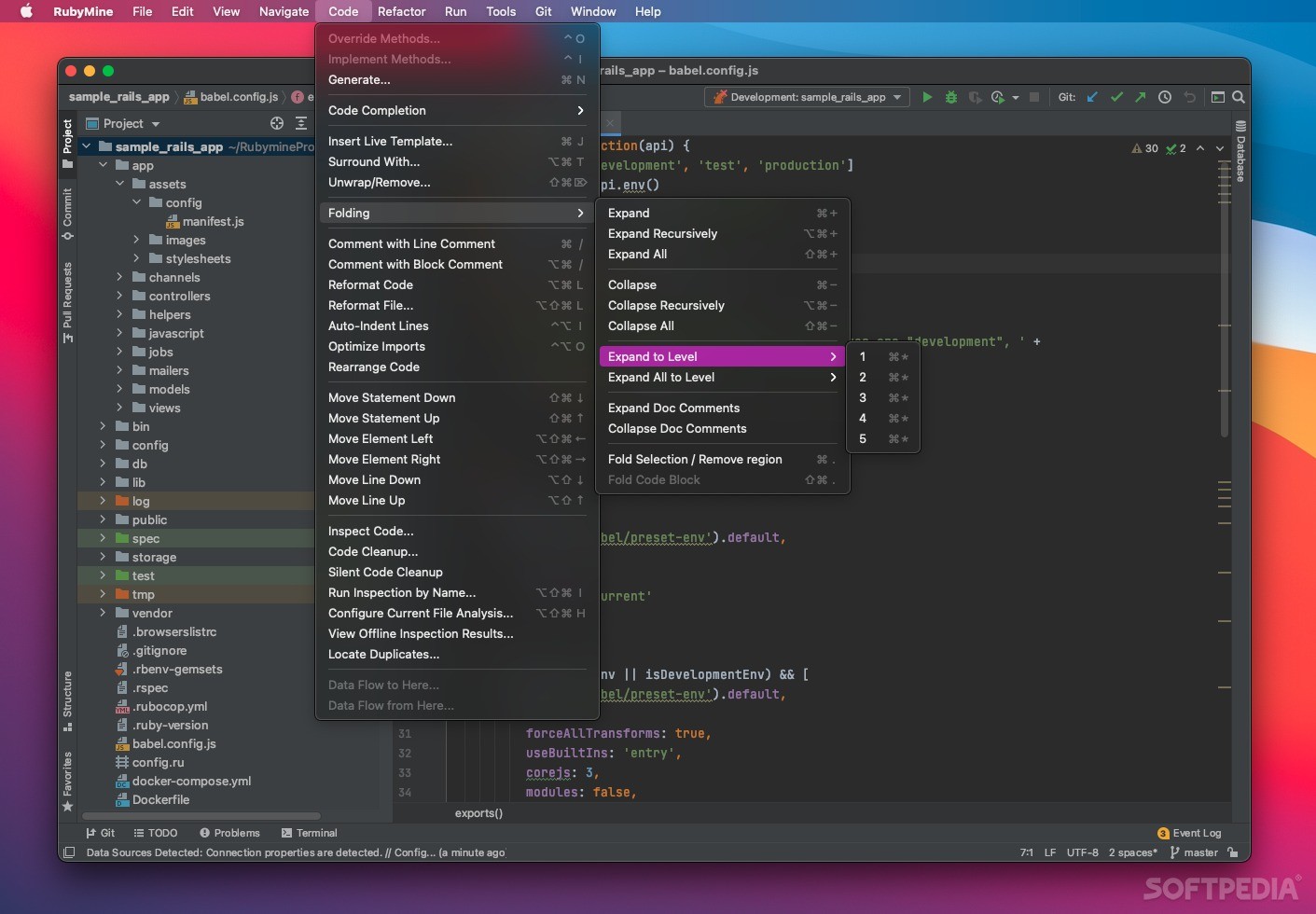

Upgrade to RubyGems 2.1.0 or higher to enable parallel gem installation. RubyMine is trying to run "ruby install" but shouldn't it be trying to run "bundle install"? If I manually change the command and run it in my terminal it works: > bash -c "/home//.rvm/bin/rvm ree-1.8.7-2012.02 do /home//.rvm/rubies/ree-1.8.7-2012.02/bin/bundle install"įetching gem metadata from RubyGems 1.8.30 is not threadsafe, so your gems will be installed one at a time. home//.rvm/rubies/ree-1.8.7-2012.02/bin/ruby: No such file or directory - install (LoadError) I try to run "bundle install" through the RubyMine dropdown (Tools -> Bundler -> Install) and RubyMine throws this error: bash -c "/home//.rvm/bin/rvm ree-1.8.7-2012.02 do /home//.rvm/rubies/ree-1.8.7-2012.02/bin/ruby install" My environment uses RVM to manage Ruby versions and bundler to manage gems (I don't use RVMs gemset functionality) I'm coding on Windows with RubyMine (Version 2018.2 Build #RM-182.3684.86) but using a Remote SLES-based VM for actual execution. Just set your break point and run a task with debug button (green bug button in Navigation bar.I have a bit of a complicated setup so I understand this is a tricky one. You are now able to debug all kind of programs like rails application, rake tasks, simple ruby scripts, etc. You can quickly open all the gems you are using and debug them with visual debugger. But from then on, you can run / debug everything from it. For the first time it will take some time for RubyMine to download all installed gems you have. By default system ruby will be selected, which you might don't want to use. Be sure to select correct Ruby interpreter path.

Click on it and select the name of the server configuration that you've created in previous step. You'll now have Fill from deployment server settings button available. I use vagrant, which will share my project files in /vagrant directory. You need to map your local and server path.

Last part of this configuration, which is very important is in Mappings tab. Then just fill the settings and Test SFTP connection.

Give it a name (vmbox, vagrant or something) and choose SFTP as type. I know, it's not intuitive to set up a deployment server for getting remote ruby SDK to work. Open menu Tools -> Deployment -> Configuration. If you are a purist and don't want to install any dev tools on your local machine and use VMs for everything, than this is for you as well.Īdding Ruby SDK from RubyMine's Project settings was always causing me some troubles. This post isn't anyhow limited to Windows. If you're using JRuby, than you might be just fine sticking with Windows development environment. If you're developing Ruby applications on Windows I'd strongly recommend you to use a virtual machine and install ruby there.


 0 kommentar(er)
0 kommentar(er)
